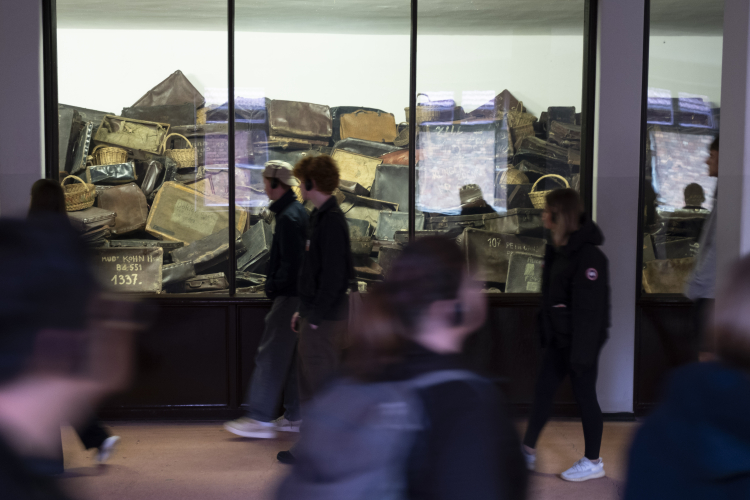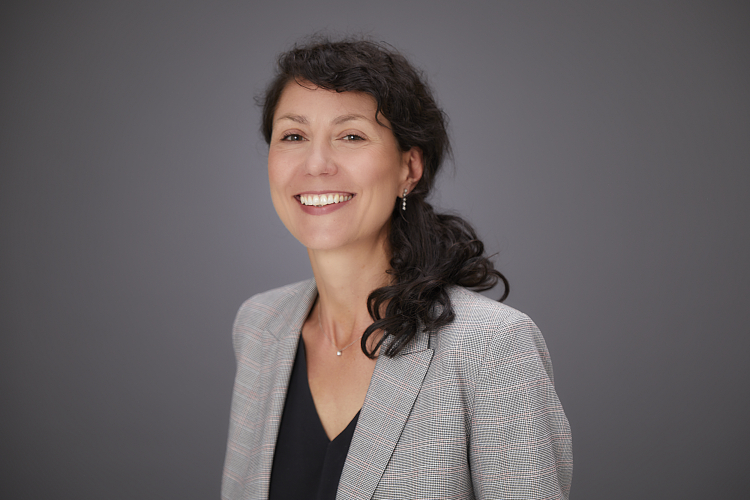History and Meaning of the Auschwitz Memorial and Museum
08.04.2025

Auschwitz is not only a memorial and a historical site. As a symbol, it is also an essential part of our civilization. The word "Auschwitz" has become an allegory, a warning and a synonym for the decomposition of the human value system by an ideology of hatred. With the passing of the last eyewitnesses, the role of the authenticity and integral nature of the memorial site is growing.
The Auschwitz-Birkenau State Museum arose on the former grounds of the camp in 1947 through the initiative of some of its survivors. Its aim is to preserve the original remains of the camp, commemorate the victims, and conduct research and education. The Auschwitz Museum is, alongside Yad Vashem in Israel and the United States Holocaust Memorial Museum, the best known and preeminent institution in the world that covers the subject.
Today the Museum contains collections and archives, as well as a research, education, conservation and publishing center. It is one of the most visited historical sites and museums in Poland.
The Memorial covers an area of almost 500 acres, with more than 150 buildings and about 300 ruins, including those of the gas chambers and crematoria that the Germans detonated. The Memorial also holds numerous documents, objects that belonged to victims and perpetrators, and the world's largest collection of art devoted to Auschwitz.
Through Poland's initiative, it was added to the UNESCO World Heritage list in 1979, under the condition that it would be the only camp on the list and serve as a symbol for other similar sites. In 2007, also due to Poland’s efforts, the title of the inscription became "Auschwitz-Birkenau. German Nazi Concentration and Extermination Camp (1940-1945)".
The International Center for Education about Auschwitz and the Holocaust carries out the educational mission of the Museum. The Center develops educational programs on the basis of the history and human experiences of Auschwitz in order to raise awareness and cultivate an attitude of responsibility in today's world.
The preservation of the Memorial's authenticity is made possible by the conservators, who have access to one of the world’s most advanced conservation laboratories. It was established in 2003 with the support of Ronald S. Lauder and has been developed ever since. Its latest additions are the physicochemical and molecular laboratory.
In 2009, a multi-annual conservation plan was designed. Its implementation is financed by the Auschwitz-Birkenau Foundation. Its task is to manage the Perpetual Fund. Ensuring the continuity of conservation efforts is vital to preserving the most tragic legacy of the twentieth century for future generations. So far 40 countries, several cities as well as a number of philanthropists have supported this part of the Memorial’s mission.
We must ensure that future generations will have the opportunity to witness the authentic site, which is not only a living testament to one of the greatest crimes in human history, but also a place of fundamental significance for the entire European civilization. In Auschwitz we can fully confront and address the most important questions about humanity, society, the toxic consequences of antisemitism, racial hatred, and contempt towards others.
Auschwitz Concentration Camp Memorial
Empfohlen

Human rights are in danger, as are democracy and humanity – and in Europe, the union of peace is at stake. Recent political debates give the impression that "the mood democracy of antiquity is returning", as political scientist Herfried Münkler describes it. Political debate is growing brutal and drifting into waters thought to have been overcome, poisoning the political climate and the socio-political discourse on fundamental freedoms, equality, justice and human rights.
